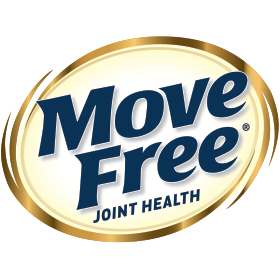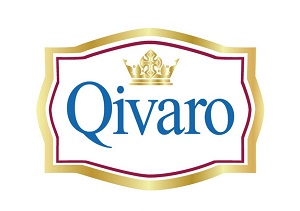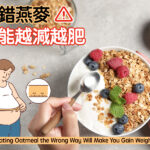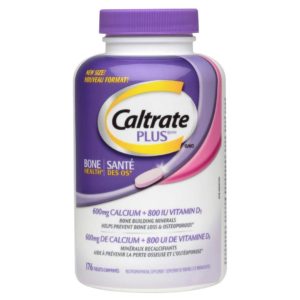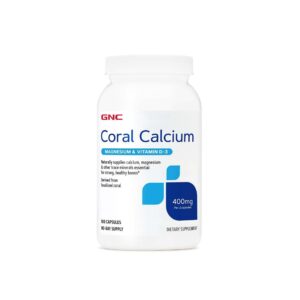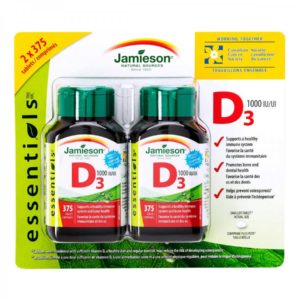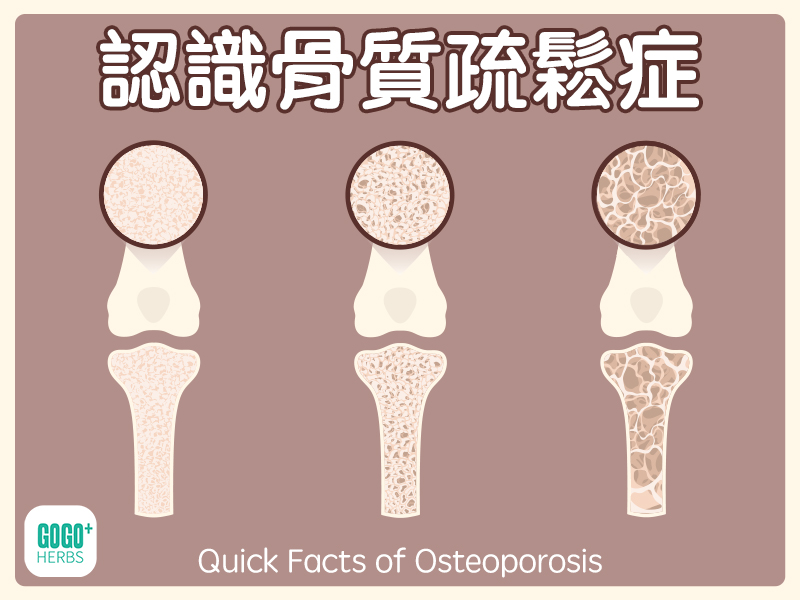
Quick Facts of Osteoporosis
Osteoporosis and related fractures are becoming increasingly common in Taiwan. The book "Mayo Clinic on Osteoporosis," published by Tianxia Life, provides a comprehensive and accessible explanation of the causes, prevention, and treatment of osteoporosis, offering readers practical health information. The following are excerpts from the book for your reference.
Diagnosis of osteoporosis: bone density measurement
"Are my bones healthy? Do I already have osteoporosis?" Bone densitometry is an important tool for diagnosing osteoporosis. It can detect osteoporosis or osteopenia early, which is a state where bone density is lower than normal but has not yet reached the osteoporosis standard.
According to doctors' recommendations, the following groups should undergo bone density testing:
Adult women under 65: Early detectionbone lossCondition.
For those aged 40 years and above with a history of fracture: Assess fracture risk and consider treatment.
High-risk groups for osteoporosis: Those who meet two or more of the following conditions:
Those who are taking or about to take corticosteroids.
Those with low estrogen or testosterone levels.
People with diseases that affect bone density or increase the risk of fractures.
Premenopausal women: Consider testing before age 50 (menopause).
For those in high-risk groups or those who have had fractures: Early testing is recommended.
Postmenopausal women with a history of fractures: Assess the rate of bone loss and severity of disease.
Bone density testing is typically not a one-time test. Even if the initial test result is normal, retesting every five years is recommended to track the rate of bone loss over time. The frequency of retesting varies based on age and risk factors. Significant changes in bone density typically take one to two years to become apparent. For those taking osteoporosis medications, annual testing is recommended for the first one to two years, with the frequency adjusted after bone density stabilizes. For those taking corticosteroids, annual testing is recommended.
Selection of bone density testing methods
The choice of bone density test method depends on age, purpose of the test, and risk factors:
Low-risk groups: You can first choose a lower-priced peripheral screening test (such as pDEXA or pQUS). If the results showbone densityIf the bone density is too low, a more accurate central bone density measurement (DEXA) should be performed.
For those in high-risk groups or those with a history of fractures: Direct DEXA testing is recommended. For women under 65, a spine test is recommended; for women over 65, a hip test is recommended.
Secondary osteoporosis: Your doctor will choose the test based on the likely cause of the bone loss. For example, for someone with hyperparathyroidism, a forearm bone test might be recommended.
For those diagnosed with osteoporosis: Regular DEXA testing should be performed to assess bone density in areas prone to fracture, such as the hip, spine, and wrist. It is recommended that the same technician use the same instrument to test the same bone to ensure accurate results.
Monitoring drug efficacy: For those taking bisphosphonates or teriparatide, it is recommended to test spinal bone density.
Diet and bone health
The prevention and treatment of osteoporosis requires a multi-pronged approach, including a balanced diet, regular exercise, healthy lifestyle habits, and appropriate medication. A balanced diet should provide adequate calcium, vitamin D, and other nutrients. Calcium and vitamin D are key nutrients for maintaining bone density. Minerals such as protein, phosphorus, sodium, and magnesium also play a crucial role.
To increase calcium intake, it is recommended to get it from food. Milk and dairy products are good sources of calcium, and low-fat or skim dairy products are recommended. If dietary calcium intake is insufficient, consider taking a calcium supplement. Common calcium compounds include calcium carbonate, calcium citrate, and calcium phosphate. When choosing a calcium supplement, consider absorption rate and personal preference. Calcium carbonate is less expensive but may cause constipation; calcium citrate has a high absorption rate but a lower calcium content; and calcium phosphate is less likely to cause constipation.
Calcium supplement recommendations:
Read product labels carefully and pay attention to the calcium ion content and dosage.
Take in divided doses, not exceeding 500 mg per dose.
Take with food to improve absorption.
Choose products with the USP seal.
Avoid products containing ingredients such as oyster shells, bone meal, or dolomite.
Use a pill box to track how much you take.
Do not exceed 2500 mg per day.
Calcium supplements may cause side effects such as flatulence, bloating, and constipation. It's recommended to drink plenty of water, exercise regularly, and eat more fruits, vegetables, and whole grains to mitigate these side effects. If discomfort occurs, consider switching to a calcium supplement with a different ingredient. Overall, the prevention and treatment of osteoporosis requires a long-term, comprehensive approach. A balanced diet, regular exercise, and regular bone density testing are key. If you have any questions, consult a healthcare professional.
related articles:
Related products:
-
Jamieson – High Concentration Calcium 650mg + Vitamin D3 400IU 120 Tablets
Original price was: $108.00.$88.00Current price is: $88.00. Add to Cart -
Jiacun-Bone Calcium 600mg + Vitamin D3 800IU and Minerals (Super Value Pack) 176 Tablets
Original price was: $198.00.$180.00Current price is: $180.00. Add to Cart -
Jamieson – Vitamin D3 1000IU 375 Tablets 2 Pack
Original price was: $180.00.$148.00Current price is: $148.00. Add to Cart



















